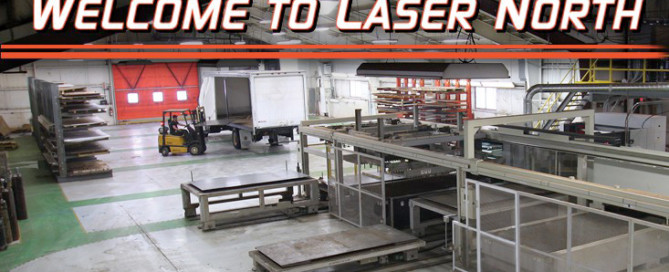How to Prevent Employee Burnout
Help Your Staff Avoid Work-From-Home Burnout
As we enter the new year, it will be nearly eight months since much of the American workforce has transitioned to working from home. In many states, this trend may continue indefinitely and will certainly follow us into 2021. The transition to working away from the office continues to present challenges. Balancing work-life and home-life can be difficult, and people often have trouble establishing new routines and creating boundaries and healthy work habits. As a result, many workers suffer from work-at-home burnout, which can hurt your business. Here are some ways to avoid it.
Value Communication
Fostering good communication habits between you and your team is more important than ever. Many workers feel that they do not receive clear enough instructions. That doesn’t bode well for managers who don’t feel comfortable communicating with their team. It can be harder for workers staying at home to feel connected with their team leaders and each other, which often leads to a sense of isolation. To keep their team members feeling more connected, managers can encourage daily or weekly huddles and instant messaging or video calls through apps such as Zoom, Slack, and Google Chat. Encourage workers to reach out to you and each other often. Use video and voice calls to keep staff up to date and offer guidance on a regular basis.
Demonstrate Trust
The lack of a normally structured workday and the knowledge that managers are not there to oversee progress and performance can lead to employees overworking themselves because they doubt their performance is recognized. To help your team avoid feeling unnecessarily stressed, overworked, and critical of their productivity, let them know that you trust them by being flexible and supportive. Set attainable deadlines and due dates, maintain a positive and trusting attitude during meetings, and deliver feedback and instructions.
Clearly Define Purpose and Priorities
Be clear about project deadlines, as well as the order of priorities. In an office environment, workers can lean on their peers. They may feel more comfortable asking questions and getting clarification as needed. Newer members of your team take a special hit when working from home, as they miss out on the huge impact that being in the office can have on their development and ability to pick up job skills. As a team leader or manager, the clearer you are about your team’s goals, expectations, and priorities, the better. Ensure that every team member is clear about the purpose of a given project or task and their role within it. Clearly defining purpose can make workers feel more important and give them a greater sense of direction.
Encourage Movement
According to many studies, regular exercise can lower stress, improve memory, concentration, creativity, and prolong mental stamina. Encouraging your team members to go for a short walk or get up and stretch could improve their performance and keep them feeling motivated. Try implementing movement-based games like step counting competitions.
Following these tips can help ensure your staff maintains a positive work-life balance and stays motivated so that you can retain your talented, best-fit staff through these challenging times.
Resources:
https://review42.com/remote-work-statistics/
https://hbr.org/2014/10/regular-exercise-is-part-of-your-job
https://theundercoverrecruiter.com/
https://timeqube.com/blog/tips-to-avoid-wfh-burnout/
https://www.wellsteps.com/blog/2020/01/02/office-challenge-ideas-office-fitness-challenges/
https://www.flexjobs.com/blog/post/remote-work-statistics/
https://connecteam.com/communication-in-the-workplace-the-complete-guide-tips-to-improve/








